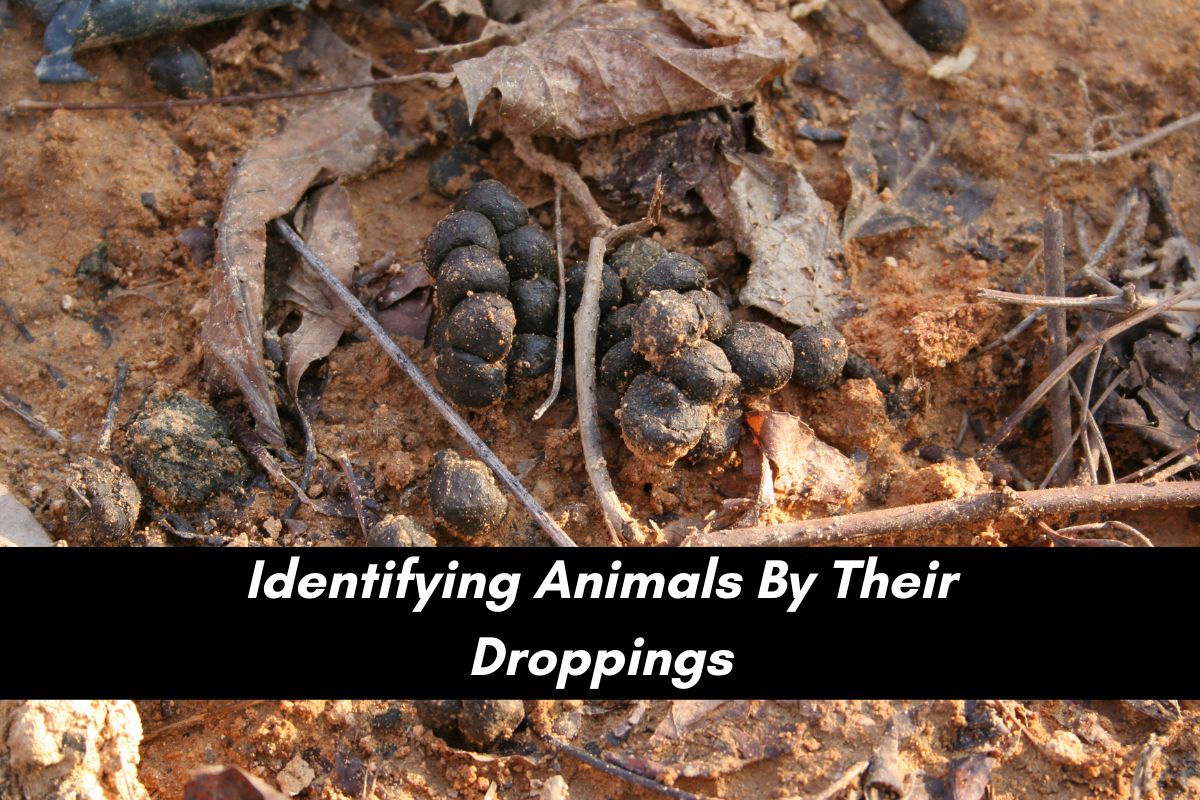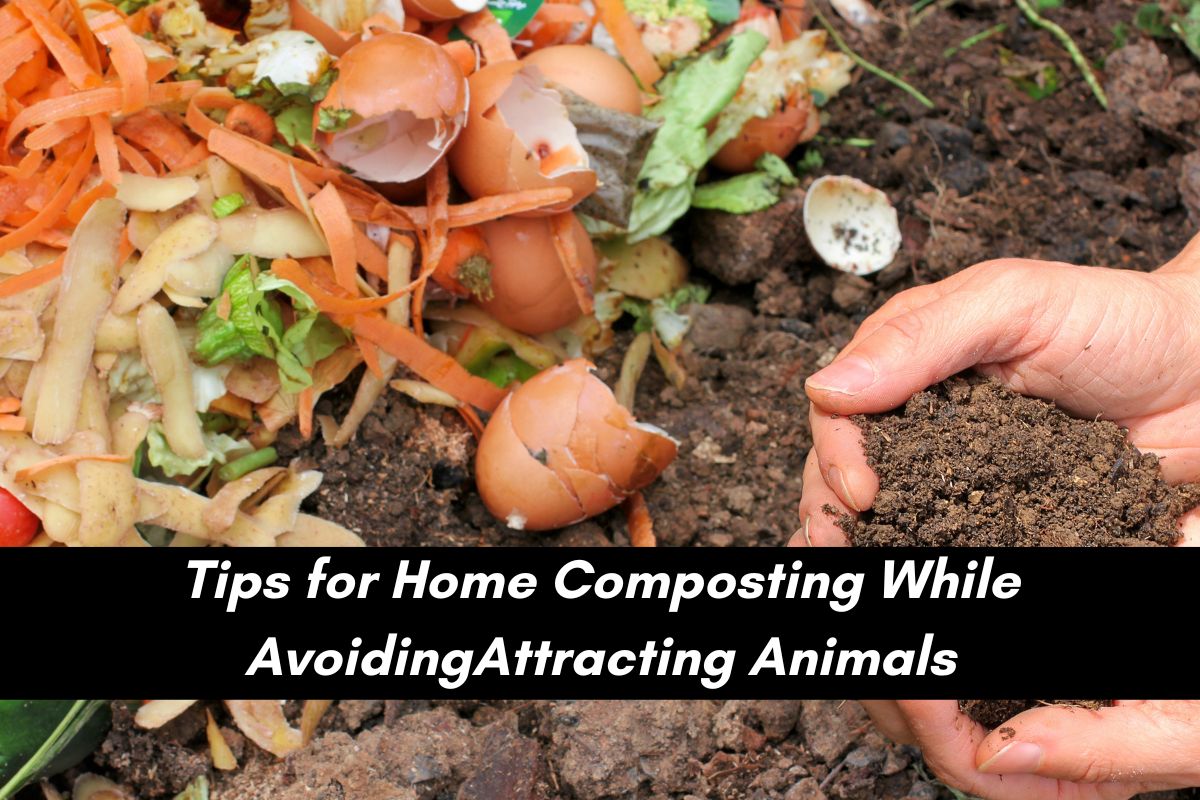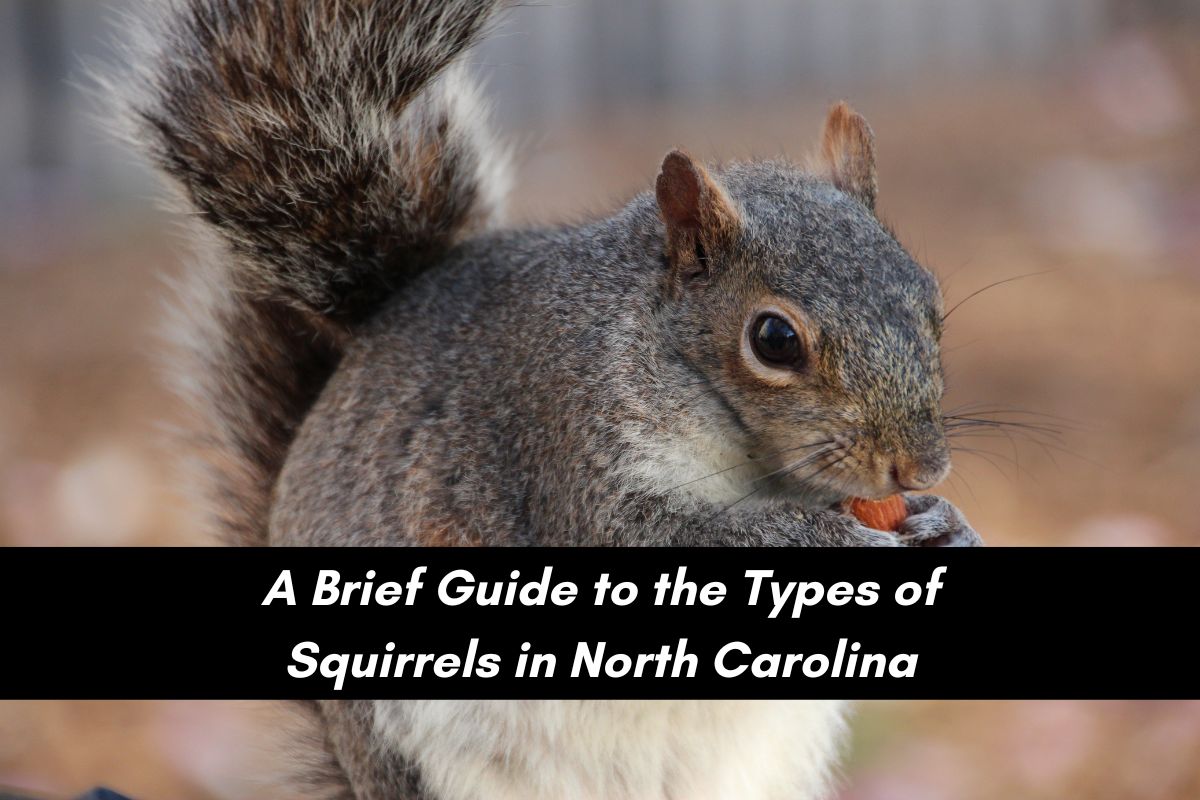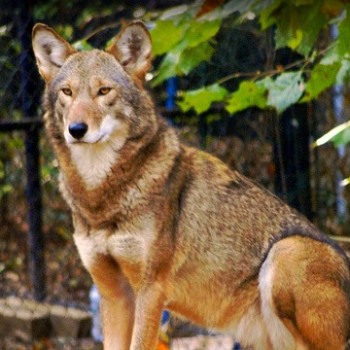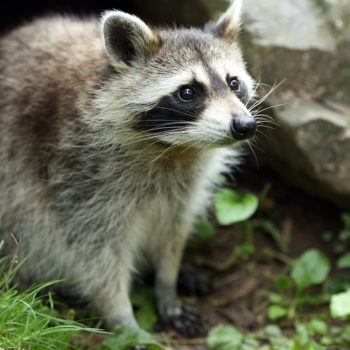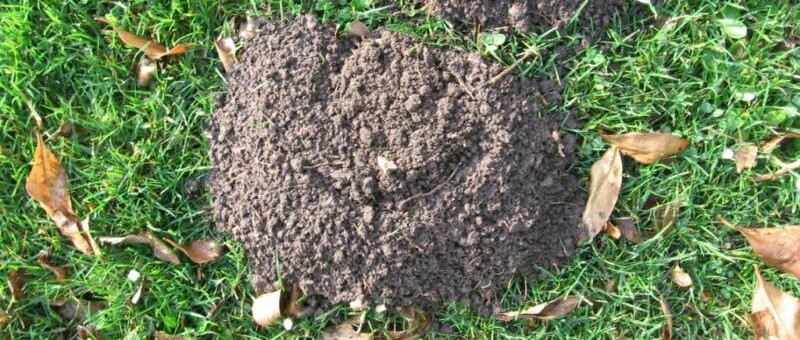
Do I Have Voles? How to tell the difference in your yard.
- Posted by Lance
- On May 24, 2016
- 0 Comments
If you had a small mammal burrowing in your yard and causing damage to your lawn or your garden, could you identify the culprit? Voles are common pests to homeowners wanting to maintain a pristine yard. With similar behavior, size, and rhyming names to Moles, Voles are often confused with the former rodent. But there are ways to tell them apart.
Both animals are around six inches long but moles have much larger front claws which they use for their extensive burrowing. Moles also have very small, undeveloped eyes without much vision and soft, velvety fur. Voles on the other hand, have large, black eyes, spend more time above ground, and are more likely to be present in packs.
Despite their similar look, they are from different families: moles being insectivores, and voles being rodents. They also eat different diets. Moles’ tunnels operate as traps for their insect-based diet of mostly earthworms. They hear the worms fall into their tunnels and quickly track them down and bite them – their saliva paralyzing the worms. Then the moles store the insects to eat later.
Voles on the other hand eat plants. Voles will devour small plants in gardens and eat the lower bark off the full circumference of small trees. They will often use moles’ tunnels but if they do not have one to steal, they will burrow their own.
Voles also are prolific breeders. They can have 5-10 litters per year and within a month these new generations are already sexually mature themselves. This can make a small vole population grow exponentially in a very short period. Thankfully, they only live a few months so if you’re able to stop their expansion they will also die out in a short period.
Moles burrowing activities tend to cause “molehills” of pushed up dirt around a lawn making them a nuisance for homeowners. Likewise, voles destroy many gardens and may create some tunnels, though generally not as noticeable or destructive ones. Both of them can be pests that cause damage to hard work you put into your lawn or garden.
Despite that destruction, species of mole, vole, and shrew (another similar species) are protected in North Carolina. In order to trap and kill a nuisance animal, you may have to get a permit from the state. Before taking action then, it would be wise to hire a local animal control expert to get a better idea of what you are dealing with. Give us a call at Critter Control of the Triangle at (919) 382-0651 in Raleigh, Durham and Chapel Hill, if you see signs of Voles and we will be happy to take a look. Critter Control of the Triangle generally does not perform mole removal service.




